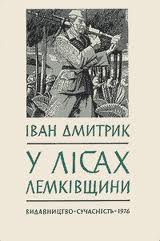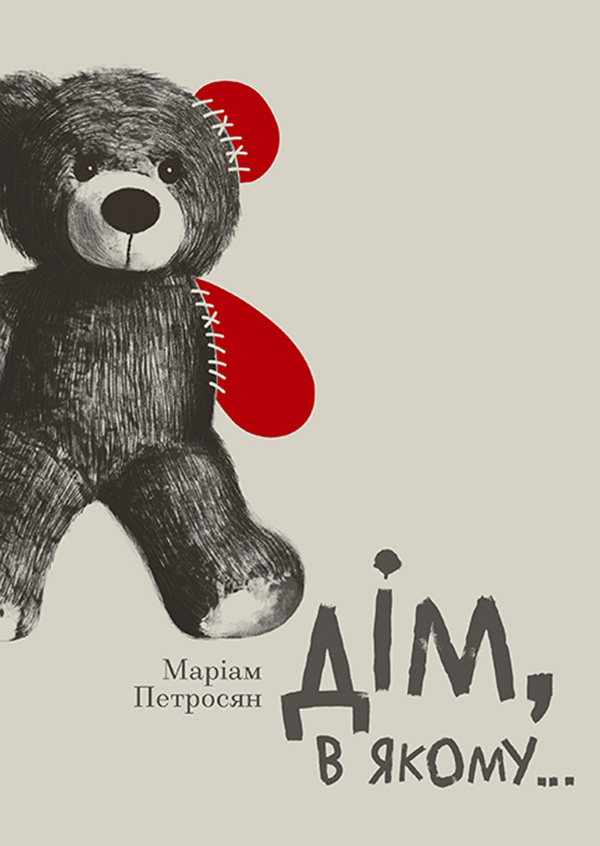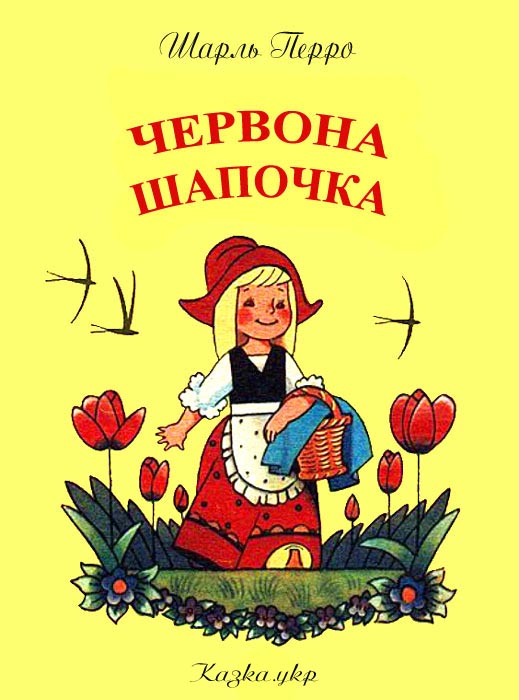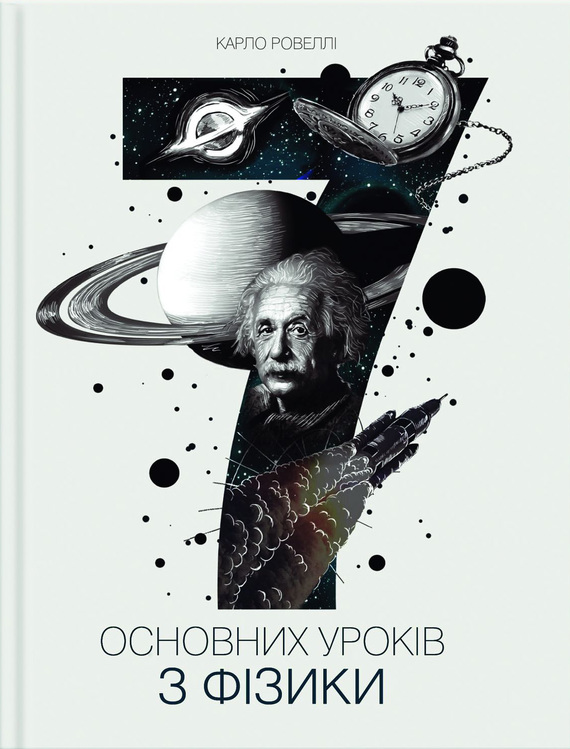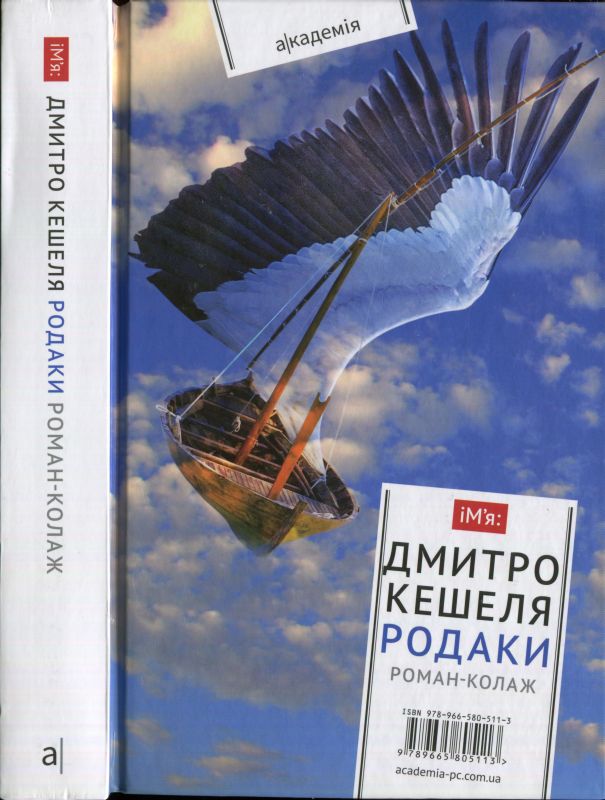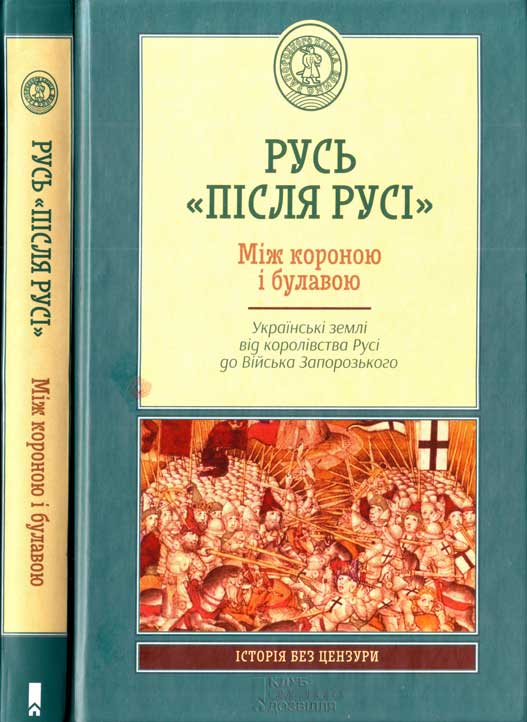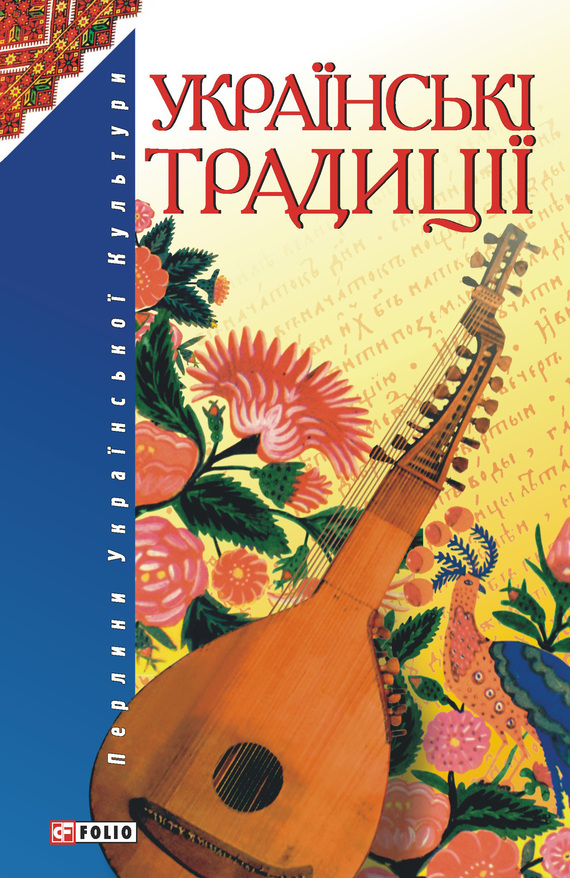Читати книгу - "Genghis Khan and the Making of the Modern World"
Шрифт:
Інтервал:
Додати в закладку:
Year by year, he gradually defeated everyone more powerful than he was, until he had conquered every tribe on the Mongolian steppe. At the age of fifty, when most great conquerors had already put their fighting days behind them, Genghis Khan’s Spirit Banner beckoned him out of his remote homeland to confront the armies of the civilized people who had harassed and enslaved the nomadic tribes for centuries. In the remaining years of life, he followed that Spirit Banner to repeated victory across the Gobi and the Yellow River into the kingdoms of China, through the central Asian lands of the Turks and the Persians, and across the mountains of Afghanistan to the Indus River.
In conquest after conquest, the Mongol army transformed warfare into an intercontinental affair fought on multiple fronts stretching across thousands of miles. Genghis Khan’s innovative fighting techniques made the heavily armored knights of medieval Europe obsolete, replacing them with disciplined cavalry moving in coordinated units. Rather than relying on defensive fortifications, he made brilliant use of speed and surprise on the battlefield, as well as perfecting siege warfare to such a degree that he ended the era of walled cities. Genghis Khan taught his people not only to fight across incredible distances but to sustain their campaign over years, decades, and, eventually, more than three generations of constant fighting.
In twenty-five years, the Mongol army subjugated more lands and people than the Romans had conquered in four hundred years. Genghis Khan, together with his sons and grandsons, conquered the most densely populated civilizations of the thirteenth century. Whether measured by the total number of people defeated, the sum of the countries annexed, or by the total area occupied, Genghis Khan conquered more than twice as much as any other man in history. The hooves of the Mongol warriors’ horses splashed in the waters of every river and lake from the Pacific Ocean to the Mediterranean Sea. At its zenith, the empire covered between 11 and 12 million contiguous square miles, an area about the size of the African continent and considerably larger than North America, including the United States, Canada, Mexico, Central America, and the islands of the Caribbean combined. It stretched from the snowy tundra of Siberia to the hot plains of India, from the rice paddies of Vietnam to the wheat fields of Hungary, and from Korea to the Balkans. The majority of people today live in countries conquered by the Mongols; on the modern map, Genghis Kahn’s conquests include thirty countries with well over 3 billion people. The most astonishing aspect of this achievement is that the entire Mongol tribe under him numbered around a million, smaller than the workforce of some modern corporations. From this million, he recruited his army, which was comprised of no more than one hundred thousand warriors—a group that could comfortably fit into the larger sports stadiums of the modern era.
In American terms, the accomplishment of Genghis Khan might be understood if the United States, instead of being created by a group of educated merchants or wealthy planters, had been founded by one of its illiterate slaves, who, by the sheer force of personality, charisma, and determination, liberated America from foreign rule, united the people, created an alphabet, wrote the constitution, established universal religious freedom, invented a new system of warfare, marched an army from Canada to Brazil, and opened roads of commerce in a free-trade zone that stretched across the continents. On every level and from any perspective, the scale and scope of Genghis Khan’s accomplishments challenge the limits of imagination and tax the resources of scholarly explanation.
As Genghis Khan’s cavalry charged across the thirteenth century, he redrew the boundaries of the world. His architecture was not in stone but in nations. Unsatisfied with the vast number of little kingdoms, Genghis Khan consolidated smaller countries into larger ones. In eastern Europe, the Mongols united a dozen Slavic principalities and cities into one large Russian state. In eastern Asia, over a span of three generations, they created the country of China by weaving together the remnants of the Sung dynasty in the south with the lands of the Jurched in Manchuria, Tibet in the west, the Tangut Kingdom adjacent to the Gobi, and the Uighur lands of eastern Turkistan. As the Mongols expanded their rule, they created countries such as Korea and India that have survived to modern times in approximately the same borders fashioned by their Mongol conquerors.
Genghis Khan’s empire connected and amalgamated the many civilizations around him into a new world order. At the time of his birth in 1162, the Old World consisted of a series of regional civilizations each of which could claim virtually no knowledge of any civilization beyond its closest neighbor. No one in China had heard of Europe, and no one in Europe had heard of China, and, so far as is known, no person had made the journey from one to the other. By the time of his death in 1227, he had connected them with diplomatic and commercial
Увага!
Сайт зберігає кукі вашого браузера. Ви зможете в будь-який момент зробити закладку та продовжити читання книги «Genghis Khan and the Making of the Modern World», після закриття браузера.
